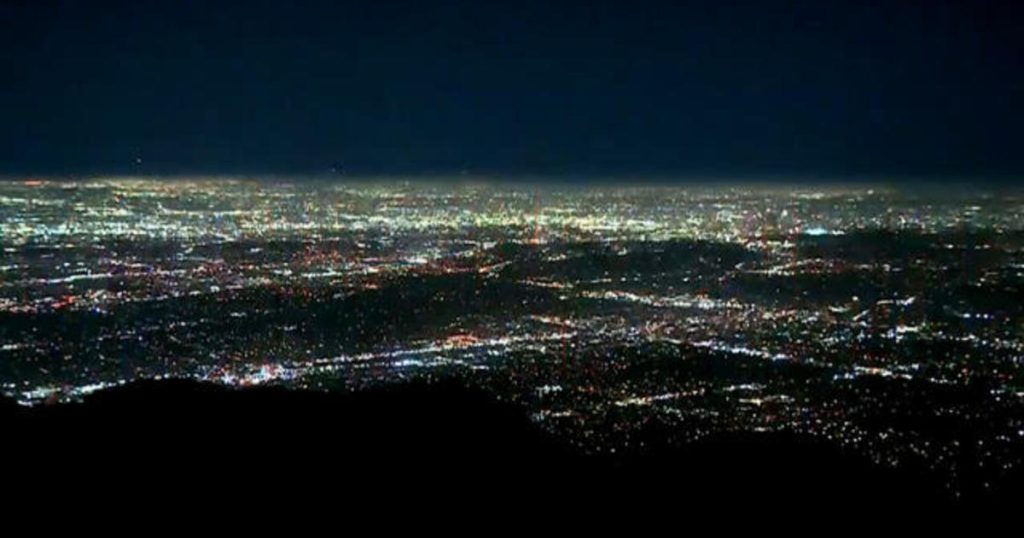Push to ease light pollution in big cities is gaining momentum as millions of Americans live in cities that produce excessive light pollution. This issue makes it difficult for residents to see stars in the night sky, affecting both their quality of life and the environment. Some scientists and cities are now working to find ways to reduce light pollution and create a better balance between artificial light and darkness.
One of the main reasons for the push to ease light pollution is the negative impact it has on wildlife and human health. Excessive exposure to artificial light at night can disrupt the natural behaviors of animals, including migratory patterns, reproduction, and feeding habits. It can also have detrimental effects on human health, disrupting sleep patterns and increasing the risk of certain medical conditions. By reducing light pollution, cities can help protect wildlife and promote better human health outcomes.
Efforts to reduce light pollution in big cities are also driven by the desire to reconnect with the natural beauty of the night sky. Many people in urban areas have limited opportunities to see stars and constellations, which affects their ability to appreciate the wonders of the universe. By implementing strategies to reduce light pollution, cities can create opportunities for residents to stargaze and enjoy the natural beauty of the night sky.
There are various ways that cities can work to reduce light pollution, including changing the types of lighting fixtures used, adjusting the brightness and direction of lights, and implementing regulations to control light pollution. Scientists and urban planners are collaborating to develop innovative solutions to address the issue, such as using shielded lighting fixtures and installing dimming systems on street lights. By implementing these changes, cities can reduce light pollution while still providing necessary lighting for safety and visibility.
While efforts to ease light pollution in big cities are gaining momentum, there are still challenges to overcome. Some cities may face resistance from residents and businesses who are accustomed to brightly lit surroundings, while others may struggle with limited resources to invest in new lighting technologies. Additionally, coordination and collaboration between different stakeholders, including government agencies, businesses, and residents, are crucial to successfully implement changes to reduce light pollution.
Overall, the push to ease light pollution in big cities is driven by the desire to protect wildlife, promote human health, and reconnect with the natural beauty of the night sky. By implementing strategies to reduce light pollution, cities can create a better balance between artificial light and darkness, ensuring that residents can enjoy the benefits of well-lit urban spaces while also preserving the beauty of the night sky. Collaborative efforts between scientists, urban planners, and government agencies are essential to successfully address the issue and create a more sustainable and harmonious urban environment.


